How do you use 80,000 astrological records written in archaic handwriting for teaching and research? As the existing scholarship on the casebooks shows, a case or cases can serve as choice examples about daily life in early modern England, while the collection as a whole informs historical understandings of medical practices, patient experiences, and the shape of knowledge. But finding the right case or cases and knowing how to interpret and contextualise them can be challenging.
The casebooks are, for the most part, on-the-spot records of encounters between astrologers and their clients, often written more like lists than like narratives without differentiating between what the patient said, what the astrologer or someone else observed, and what the astrological chart indicated. This edition databases the details of each case, but our transcription is limited to the formulaic preamble to each case, what we call ‘the question’. Our edition guides readers to cases while representing the nature of the records. Our search facilities work best if the delimited nature of the records is understood.
To illustrate the content of the casebooks, we have assembled pages that focus on a day (26 February 1599), individual people (the Egertons, Emilia Lanier, and John Roughead), and a page (MS Ashmole 411, f. 96v).
Selected cases in full is intended as a sort of casebooks starter set.
Selected treatments and glossary of treatments demonstrate the range of treatments to be found in the casebooks.
Our list of dates and holy days and general glossary help readers to make sense of the astrologers’ arcane and idiosyncratic language.
Our XML data is open to anyone who wishes to mine it.


